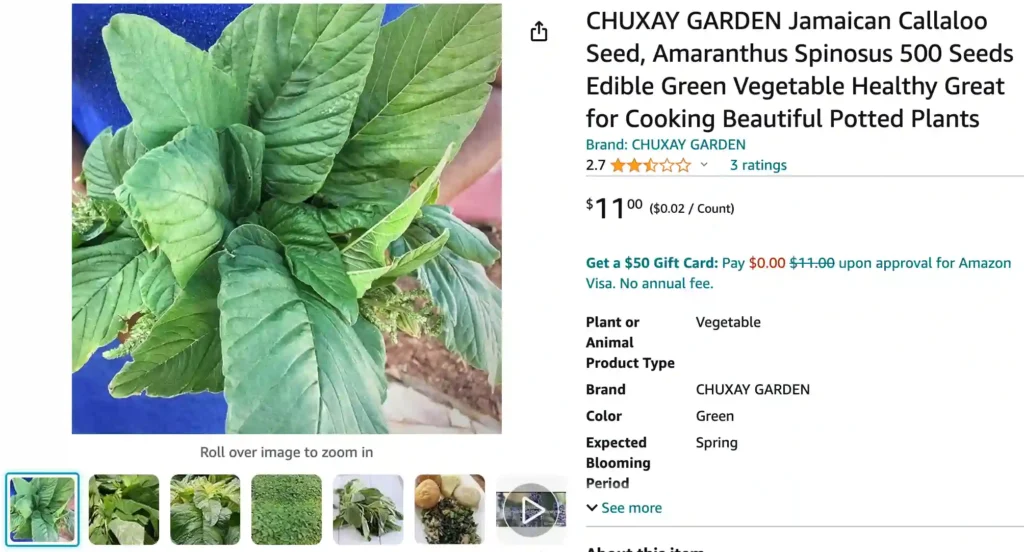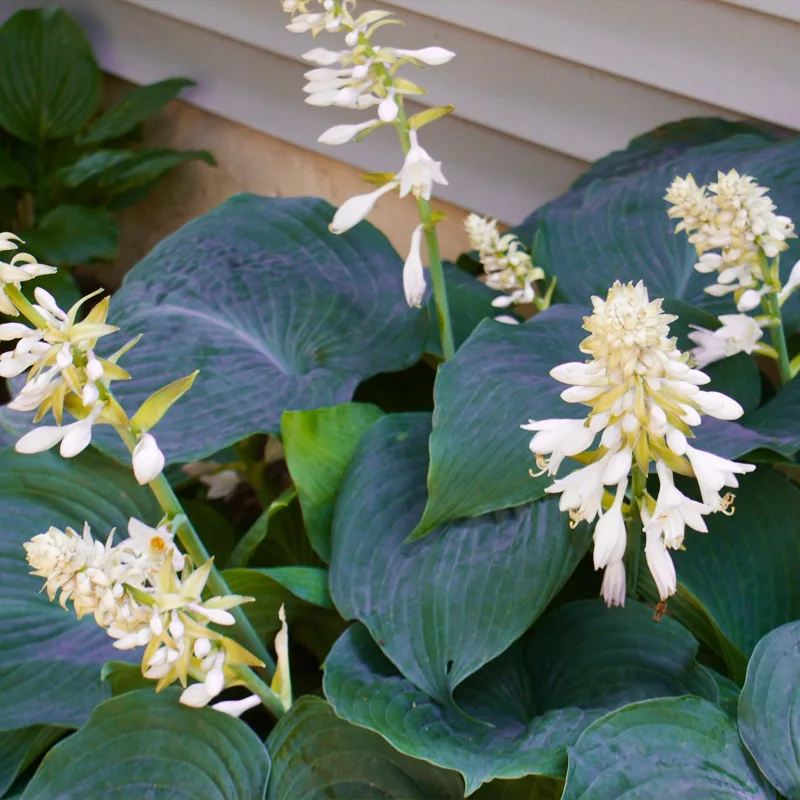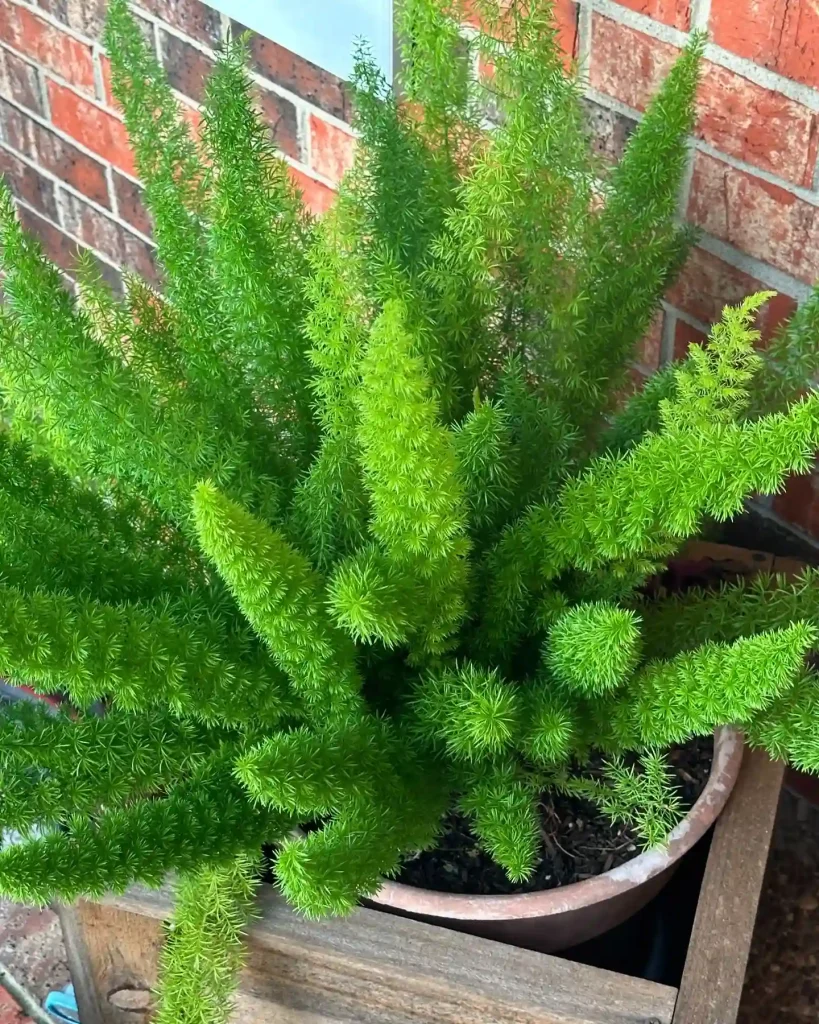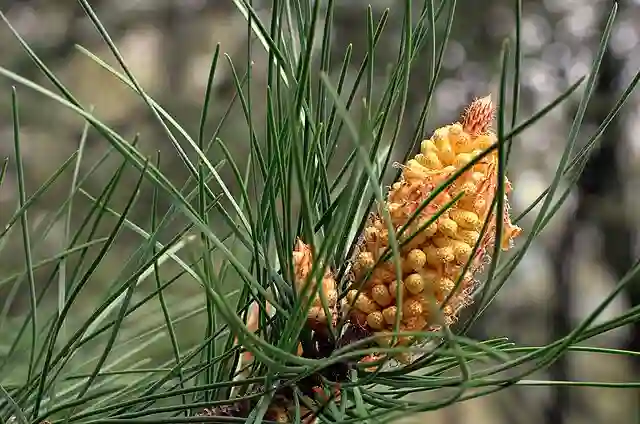
A prickly surprise: The curious case of Amaranthus spinosus
I often come across interesting plants while exploring local markets and gardens. One such encounter left me scratching my head – a tangle of spiky green leaves with a vaguely familiar look. This, I soon discovered, was the Amaranthus spinosus, a plant that’s equal parts tenacious weed and potential superfood.
Intrigued by its seemingly contradictory nature, I delved deeper into the world of Amaranthus spinosus. Here’s what I learned:
How to Identify Amaranthus spinosus?
The tell-tale sign of Amaranthus spinosus is its leaves. Imagine a lush green carpet punctuated by tiny spikes – that’s the defining characteristic of this plant. The leaves themselves are typically oval-shaped with smooth edges, and grow in an alternate pattern along the stem. Those tiny spikes, however, are not to be trifled with – a brush against them can leave a prickling sensation.
Beyond the leaves, Amaranthus spinosus boasts clusters of small, greenish flowers that bloom at the tips of the stems and in the leaf axils. These flowers eventually give way to tiny black seeds, adding another layer of identification.
What is the Common Name of Amaranthus spinosus?
Due to its widespread presence and prickly nature, Amaranthus spinosus has earned a collection of colorful nicknames. Here in my country, it’s known as “rau dền gai” (spiky amaranth), a name that perfectly captures its essence.
Travel the world, and you’ll encounter other interesting monikers – spiny amaranth, prickly amaranth, and even thorny amaranth all refer to this same plant. Perhaps the most unexpected name is “pigweed,” a reference to its perceived status as a weed in some agricultural settings.
Friend or Foe: The Duality of Amaranthus spinosus
Amaranthus spinosus occupies a curious position in the plant world. In some parts of the world, it’s considered a tenacious weed, aggressively competing with cultivated crops. Here in Southeast Asia, however, it’s a valued green leafy vegetable, prized for its nutritional content.
The young leaves and shoots of Amaranthus spinosus are packed with vitamins and minerals, making them a welcome addition to a healthy diet. They can be stir-fried, boiled, or even eaten raw in salads. The seeds, too, are edible and can be ground into a flour or popped like popcorn.
Beyond the Plate: The Potential of Amaranthus spinosus
The uses of Amaranthus spinosus extend beyond the kitchen. In traditional medicine, different parts of the plant have been used to treat a variety of ailments, from wounds and skin infections to diarrhea and inflammation. Research is ongoing to explore the potential medicinal properties of the plant further.
Amaranthus spinosus even shows promise as a sustainable source of biofuel. The seeds contain a high oil content, which can be converted into biodiesel. This eco-friendly potential adds another dimension to the value of this remarkable plant.
A Plant with a Story
Amaranthus spinosus boasts a rich history that stretches back centuries. Evidence suggests it was cultivated in South America as early as 4000 BC. Spanish conquistadors encountered it in the Aztec Empire, where it was considered a sacred grain. Today, Amaranthus spinosus continues to be a vital food source in many parts of the world, a testament to its adaptability and resilience.
Whether you encounter it as a weed in your garden or a delicious vegetable at the market, Amaranthus spinosus is a plant that demands attention. Its spiky exterior hides a surprising versatility – a potential superfood, a medicinal herb, and even a biofuel source. The next time you come across this intriguing plant, take a moment to appreciate its complex story and the potential it holds.
If i die, water my plants!



